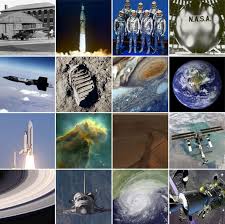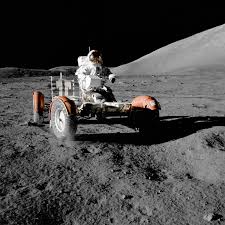
English Encyclopedia
 Aerospace
Aerospace
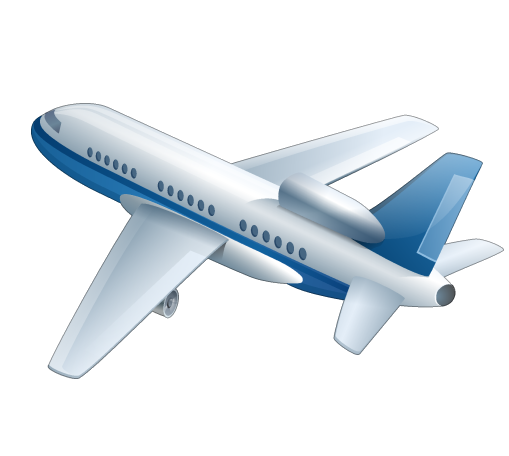
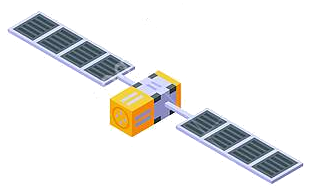
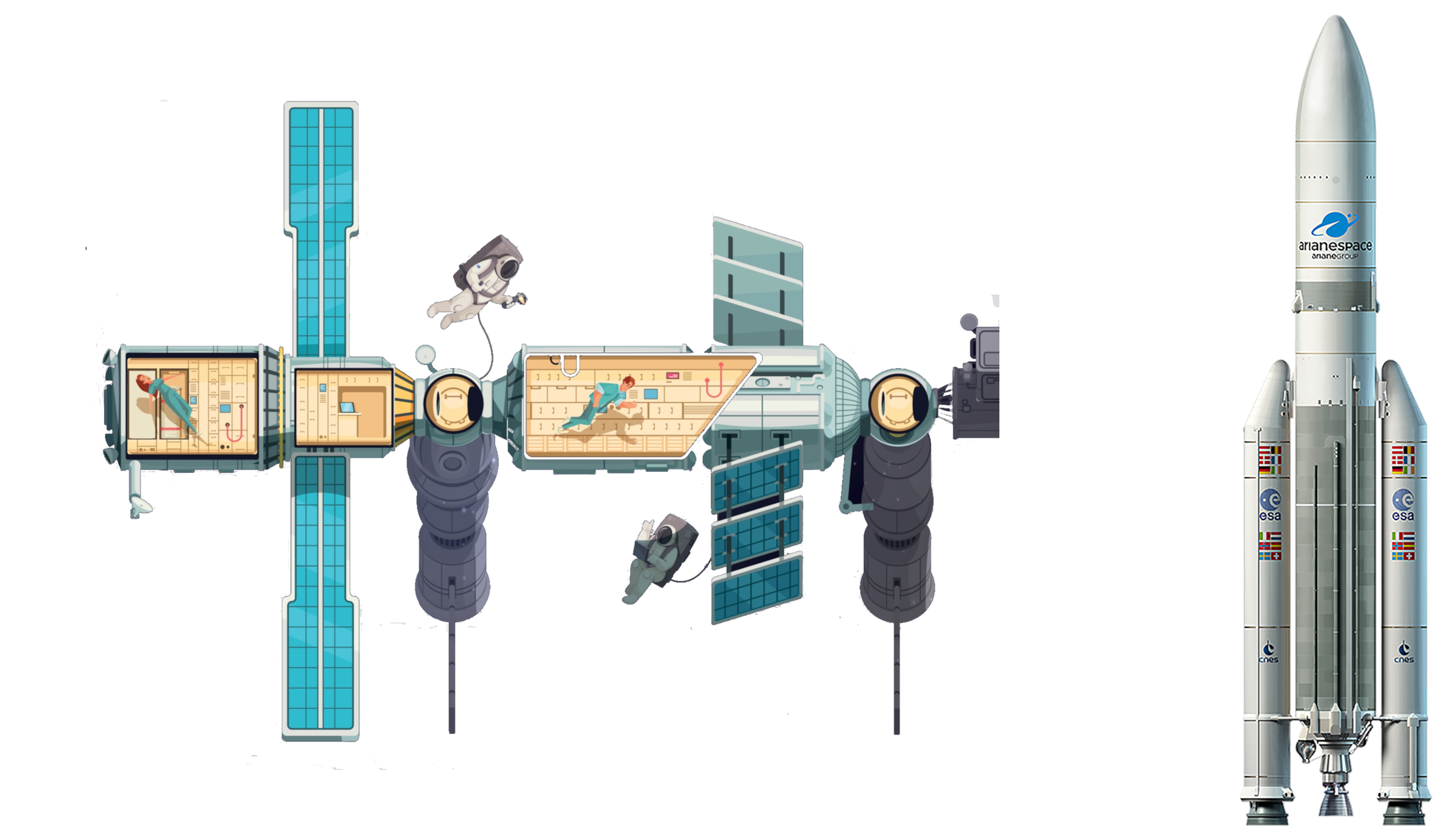
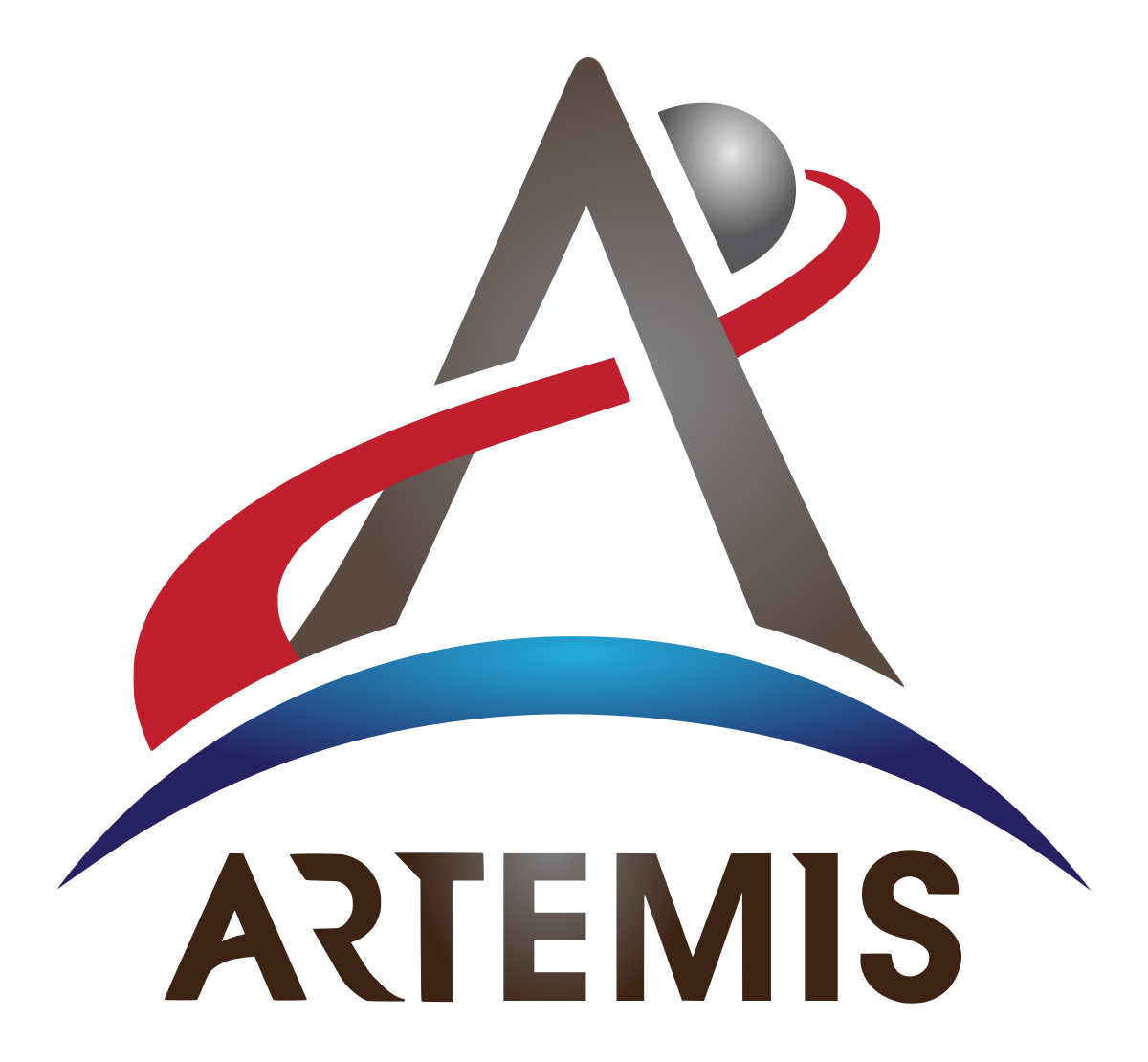
The Artemis program is a human and robotic Moon exploration program led by NASA. If successful, the Artemis program will reestablish human presence on the Moon. The last presence there was the Apollo 17 mission in 1972. The major components of the program are the Space Launch System, Orion spacecraft, Lunar Gateway space station and the commercial Human Landing Systems, including Starship HLS. The Artemis program is a collaboration of space agencies and companies around the world, bound together via the Artemis Accords and supporting contracts. The long-term vision of the Artemis program is to establish a permanent base camp on the Moon and facilitate human missions to Mars.
The Artemis program was formally established in 2017 during the Trump administration; however, many of its components such as the Orion spacecraft were developed during the previous Constellation program (2005–2010) and after its cancellation. The Space Launch System and Orion's first launch was originally set in 2016, but it has been renamed the Artemis 1 mission and scheduled to launch in 2022 with robots and dummies aboard. According to plan, the crewed Artemis 2 launch will take place in 2024, Artemis 3 crewed lunar landing in 2025, Artemis 4 docking with the Lunar Gateway in 2027 and future yearly landing on the Moon. However, the program's cost and timeline are likely to be overran and delayed, due to NASA's improper management of contractors.
 *United States Political System
*United States Political System



 Aerospace
Aerospace
 ***Airworthiness Certification
***Airworthiness Certification



 Aerospace
Aerospace
 ***International Organizations
***International Organizations


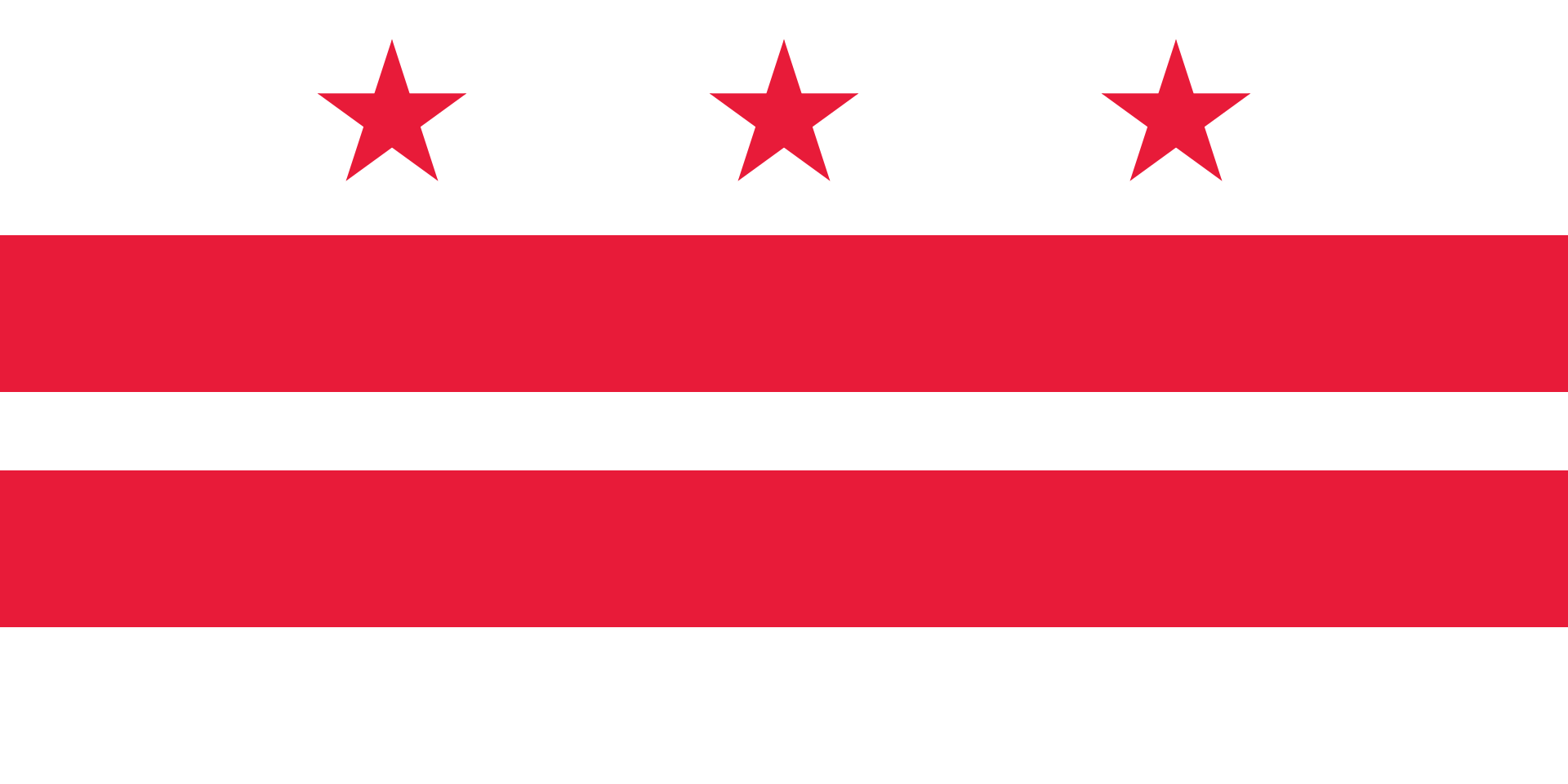 Washington, D.C.
Washington, D.C.

The Federal Aviation Administration (FAA) is the largest transportation agency of the U.S. government and regulates all aspects of civil aviation in the country as well as over surrounding international waters.[3]: 12, 16 Its powers include air traffic management, certification of personnel and aircraft, setting standards for airports, and protection of U.S. assets during the launch or re-entry of commercial space vehicles. Powers over neighboring international waters were delegated to the FAA by authority of the International Civil Aviation Organization.
Created in August 1958, the FAA replaced the former Civil Aeronautics Administration (CAA) and later became an agency within the U.S. Department of Transportation.

 History
History
 M 1500 - 2000 AD
M 1500 - 2000 AD

 History
History



 Aerospace
Aerospace
 *NASA
*NASA



 Aerospace
Aerospace
 *JAXA
*JAXA



 Aerospace
Aerospace
 *Roskosmos
*Roskosmos



 Aerospace
Aerospace
 *ESA
*ESA



 Aerospace
Aerospace
 *DLR
*DLR



 Aerospace
Aerospace
 *CNES
*CNES



 Aerospace
Aerospace
 *ASI
*ASI



 Aerospace
Aerospace
 *AEB
*AEB


 Science and technology
Science and technology
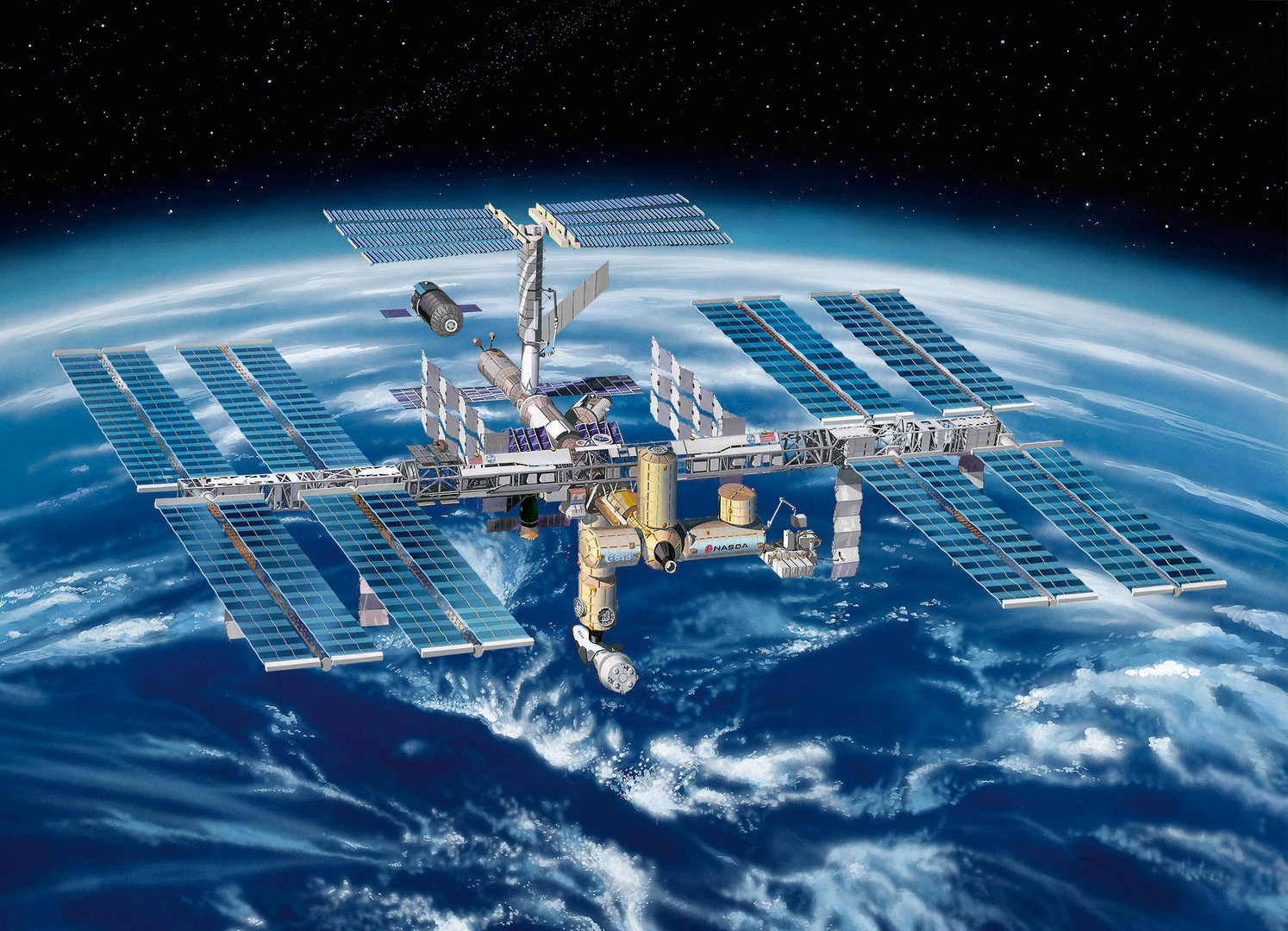 The International Space Station (ISS) is a space station, or a habitable artificial satellite, in low Earth orbit. Its first component launched into orbit in 1998, and the last pressurised module was fitted in 2011. The station is expected to operate until at least 2028. Development and assembly of the station continues, with components scheduled for launch in 2018 and 2019. The ISS is the largest human-made body in low Earth orbit and can often be seen with the naked eye from Earth.[7][8] The ISS consists of pressurised modules, external trusses, solar arrays, and other components. ISS components have been launched by Russian Proton and Soyuz rockets, and American Space Shuttles.[9]
The International Space Station (ISS) is a space station, or a habitable artificial satellite, in low Earth orbit. Its first component launched into orbit in 1998, and the last pressurised module was fitted in 2011. The station is expected to operate until at least 2028. Development and assembly of the station continues, with components scheduled for launch in 2018 and 2019. The ISS is the largest human-made body in low Earth orbit and can often be seen with the naked eye from Earth.[7][8] The ISS consists of pressurised modules, external trusses, solar arrays, and other components. ISS components have been launched by Russian Proton and Soyuz rockets, and American Space Shuttles.[9]
The ISS serves as a microgravity and space environment research laboratory in which crew members conduct experiments in biology, human biology, physics, astronomy, meteorology, and other fields.[10][11][12] The station is suited for the testing of spacecraft systems and equipment required for missions to the Moon and Mars.[13] The ISS maintains an orbit with an altitude of between 330 and 435 km (205 and 270 mi) by means of reboost manoeuvres using the engines of the Zvezda module or visiting spacecraft. It completes 15.54 orbits per day.[14]
The ISS programme is a joint project among five participating space agencies: NASA, Roscosmos, JAXA, ESA, and CSA.[15][16] The ownership and use of the space station is established by intergovernmental treaties and agreements.[17] The station is divided into two sections, the Russian Orbital Segment (ROS) and the United States Orbital Segment (USOS), which is shared by many nations. As of January 2018, the American portion of ISS is being funded until 2025.[18][19][20] Roscosmos has endorsed the continued operation of ISS through 2024[21] but has proposed using elements of the Russian Orbital Segment to construct a new Russian space station called OPSEK.[22]
The ISS is the ninth space station to be inhabited by crews, following the Soviet and later Russian Salyut, Almaz, and Mir stations as well as Skylab from the US. The station has been continuously occupied for 17 years and 364 days since the arrival of Expedition 1 on 2 November 2000. This is the longest continuous human presence in low Earth orbit, having surpassed the previous record of 9 years and 357 days held by Mir. It has been visited by astronauts, cosmonauts and space tourists from 17 different nations.[23] After the American Space Shuttle programme ended in 2011, Soyuz rockets became the only provider of transport for astronauts at the ISS.
The station is serviced by a variety of visiting spacecraft: the Russian Soyuz and Progress, the American Dragon and Cygnus, the Japanese H-II Transfer Vehicle,[15] and formerly the American Space Shuttle and the European Automated Transfer Vehicle. The Dragon became the only provider of bulk cargo return to Earth (called downmass). Soyuz has very limited downmass capability.
On 28 March 2015, Russian sources announced that Roscosmos and NASA had agreed to collaborate on the development of a replacement for the current ISS.[24][25] NASA later issued a guarded statement expressing thanks for Russia's interest in future co-operation in space exploration but fell short of confirming the Russian involvement.[26][27]

 History
History
 M 1500 - 2000 AD
M 1500 - 2000 AD

 History
History

 History
History

 History
History
 N 2000 - 2100 AD
N 2000 - 2100 AD


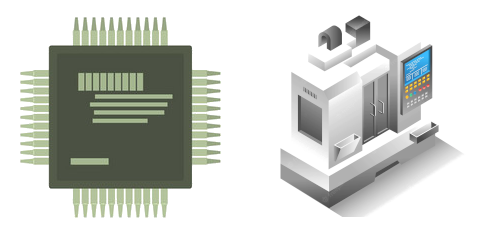 IT-Times
IT-Times
 HPC
HPC



 Aerospace
Aerospace
 *ASI
*ASI



 Aerospace
Aerospace
 *CNES
*CNES



 Aerospace
Aerospace
 *DLR
*DLR



 Aerospace
Aerospace
 *ESA
*ESA



 Aerospace
Aerospace
 Missions to Mars
Missions to Mars



 Aerospace
Aerospace
 Mars 2020
Mars 2020


 Washington, D.C.
Washington, D.C.

 Science and technology
Science and technology
 *World famous research institutions
*World famous research institutions

The National Aeronautics and Space Administration (NASA; /ˈnæsə/) is an independent agency of the U.S. federal government responsible for the civilian space program, as well as aeronautics and space research.[note 1]
NASA was established in 1958, succeeding the National Advisory Committee for Aeronautics (NACA). The new agency was to have a distinctly civilian orientation, encouraging peaceful applications in space science.[7][8][9] Since its establishment, most US space exploration efforts have been led by NASA, including the Apollo Moon landing missions, the Skylab space station, and later the Space Shuttle. NASA is supporting the International Space Station and is overseeing the development of the Orion spacecraft, the Space Launch System, Commercial Crew vehicles, and the planned Lunar Gateway space station. The agency is also responsible for the Launch Services Program, which provides oversight of launch operations and countdown management for uncrewed NASA launches.
NASA's science is focused on better understanding Earth through the Earth Observing System;[10] advancing heliophysics through the efforts of the Science Mission Directorate's Heliophysics Research Program;[11] exploring bodies throughout the Solar System with advanced robotic spacecraft such as New Horizons;[12] and researching astrophysics topics, such as the Big Bang, through the Great Observatories and associated programs.


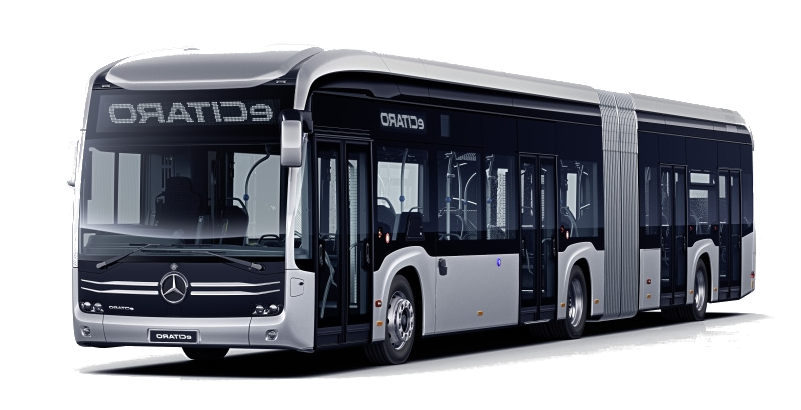
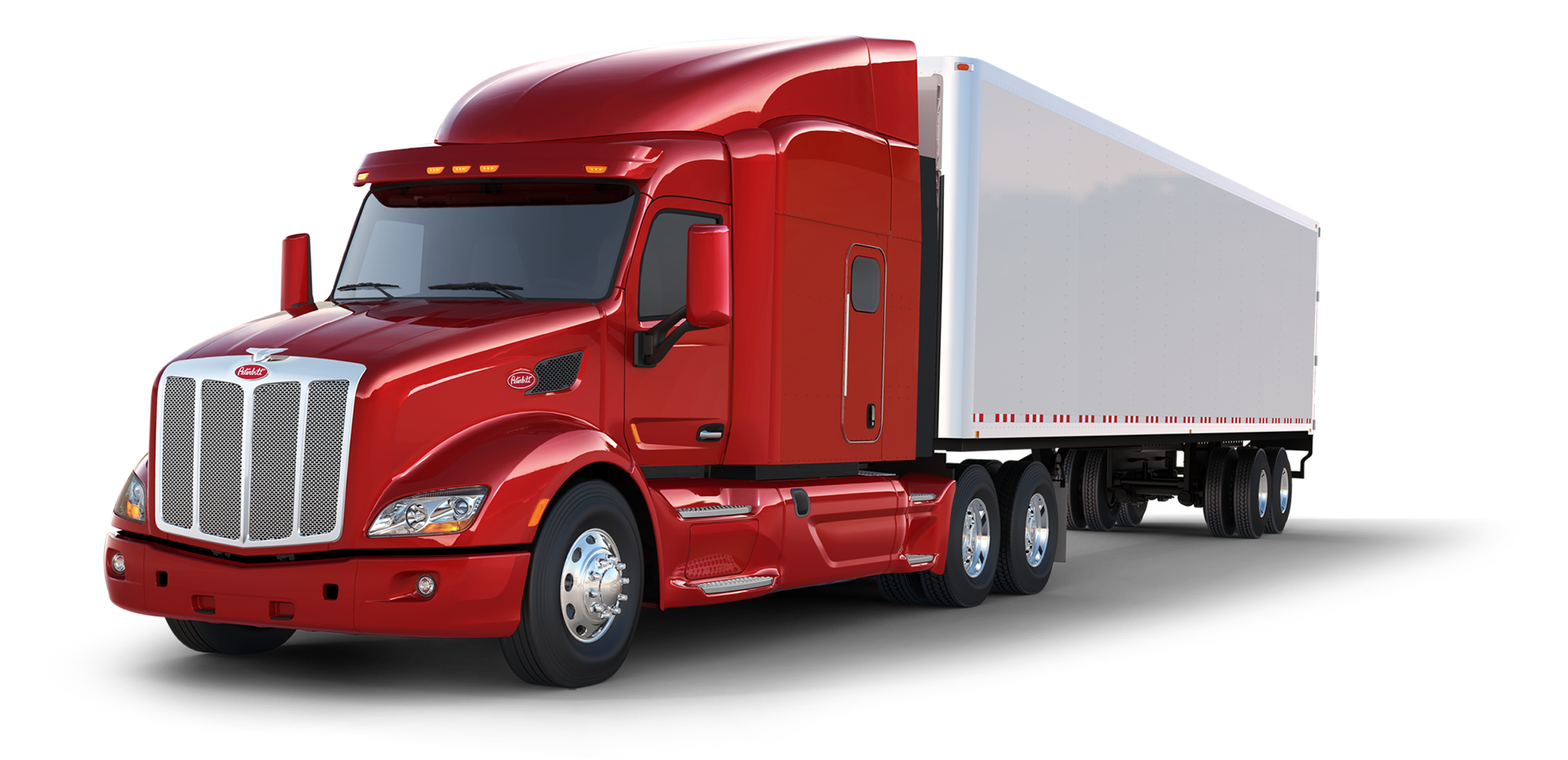 Automobile
Automobile
 ***Technology
***Technology
 Elon Musk
Elon Musk

 History
History
 N 2000 - 2100 AD
N 2000 - 2100 AD


 IT-Times
IT-Times
 Mobile Networks
Mobile Networks


 IT-Times
IT-Times
 Driver assistance systems
Driver assistance systems


 IT-Times
IT-Times
 Smart phone
Smart phone

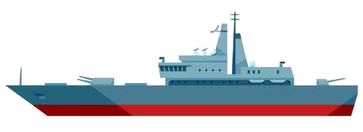
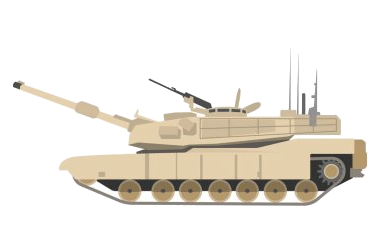
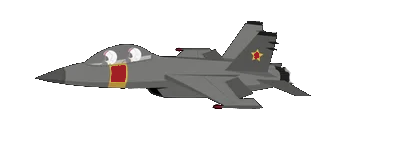
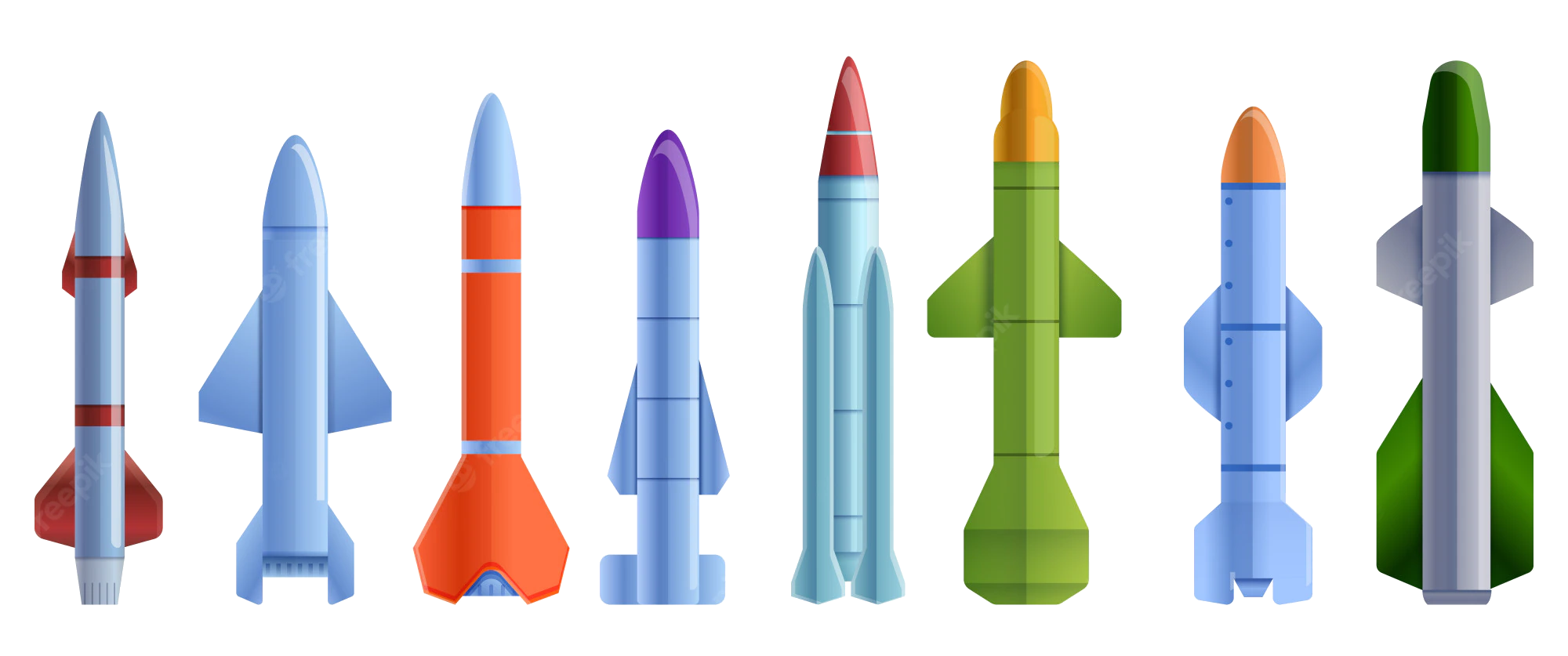 Military, defense and equipment
Military, defense and equipment

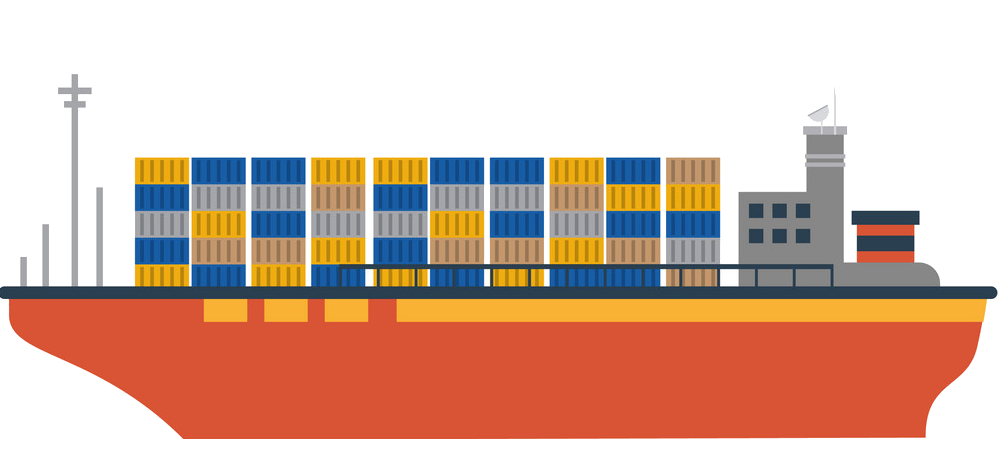 Ships and Nautics
Ships and Nautics
 SpaceX
SpaceX

 Transport and traffic
Transport and traffic

 Science and technology
Science and technology
 Technology concepts
Technology concepts
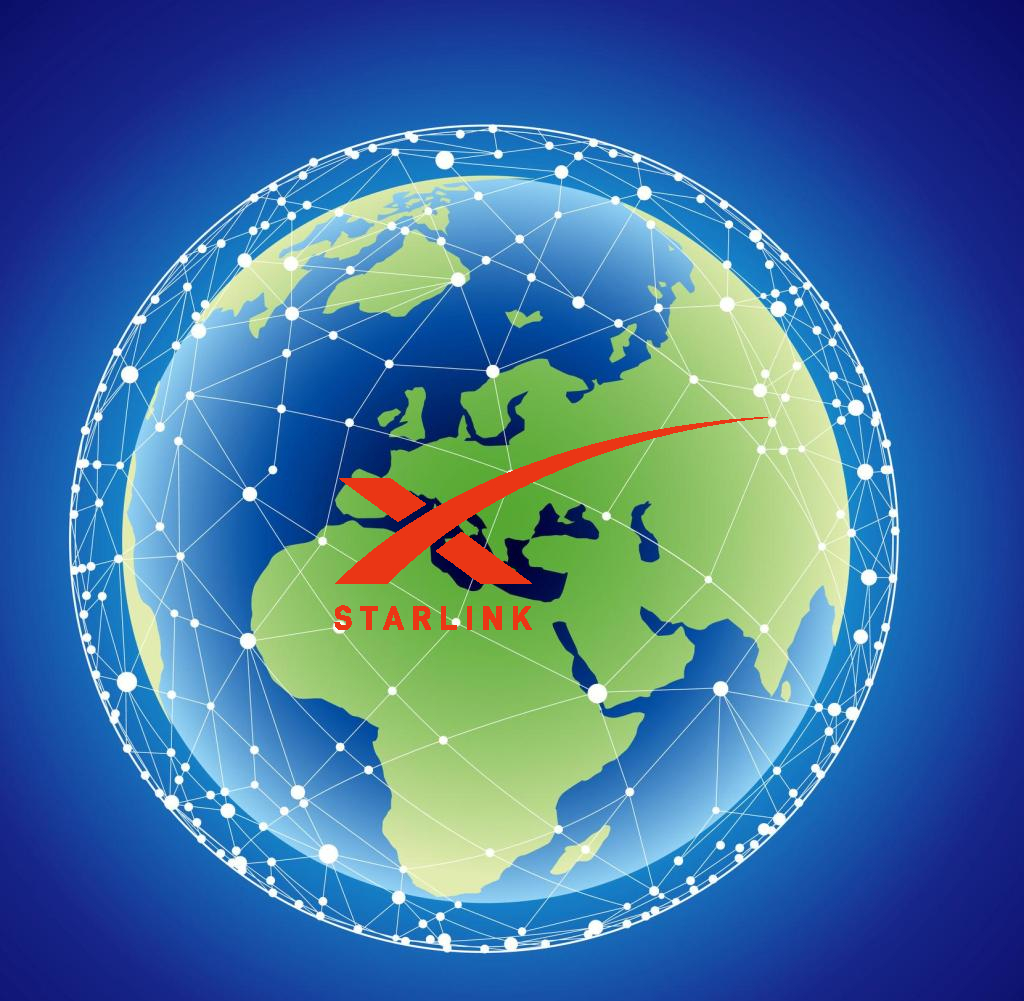
Starlink is a satellite internet constellation operated by SpaceX.[2] It provides satellite Internet access coverage to 32 countries where its use has been licensed, and aims for global coverage.[3][4] As of May 2022 Starlink consists of over 2,300 mass-produced small satellites in low Earth orbit (LEO), which communicate with designated ground transceivers.
The SpaceX satellite development facility in Redmond, Washington, houses the Starlink research, development, manufacturing, and orbit control teams. The cost of the decade-long project to design, build, and deploy the constellation was estimated by SpaceX in May 2018 to be at least US$10 billion.[5] In February 2017, documents indicated that SpaceX expects more than $30 billion in revenue by 2025 from its satellite constellation, while revenues from its launch business were expected to reach $5 billion in the same year.[6][7]
On 15 October 2019, the United States Federal Communications Commission (FCC) submitted filings to the International Telecommunication Union (ITU) on SpaceX's behalf to arrange spectrum for 30,000 additional Starlink satellites to supplement the 12,000 Starlink satellites already approved by the FCC.[8]
Some astronomers have raised concerns about the constellations' effect on ground-based astronomy and how the satellites will add to an already congested orbital environment.[9][10] SpaceX has attempted to mitigate astronomy concerns by implementing several upgrades to Starlink satellites aimed at reducing their brightness during operation.[11] The satellites are equipped with krypton-fueled Hall thrusters which allow them to de-orbit at the end of their life. Additionally, the satellites are designed to autonomously avoid collisions based on uplinked tracking data.
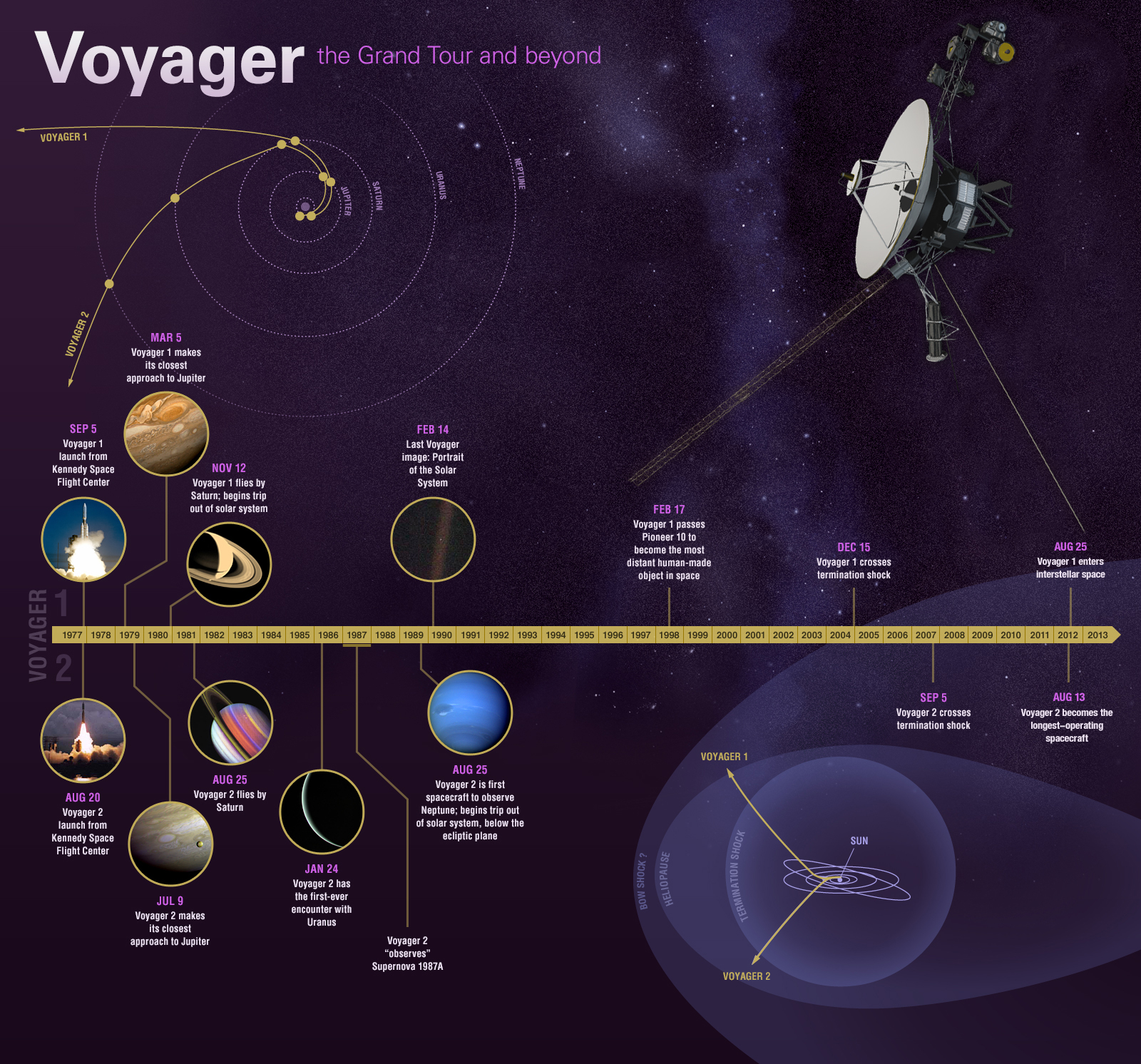
The Voyager program is an American scientific program that employs two robotic probes, Voyager 1 and Voyager 2, to study the outer Solar System.[1] The probes were launched in 1977 to take advantage of a favorable alignment of Jupiter, Saturn, Uranus and Neptune. Although their original mission was to study only the planetary systems of Jupiter and Saturn, Voyager 2 continued on to Uranus and Neptune. The Voyagers now explore the outer boundary of the heliosphere in interstellar space; their mission has been extended three times and they continue to transmit useful scientific data. Neither Uranus nor Neptune has been visited by a probe other than Voyager 2.
On 25 August 2012, data from Voyager 1 indicated that it had become the first human-made object to enter interstellar space, traveling "further than anyone, or anything, in history".[2] As of 2013, Voyager 1 was moving with a velocity of 17 kilometers per second (11 mi/s) relative to the Sun.[3]
Data and photographs collected by the Voyagers' cameras, magnetometers and other instruments, revealed unknown details about each of the four giant planets and their moons. Close-up images from the spacecraft charted Jupiter's complex cloud forms, winds and storm systems and discovered volcanic activity on its moon Io. Saturn's rings were found to have enigmatic braids, kinks and spokes and to be accompanied by myriad "ringlets". At Uranus, Voyager 2 discovered a substantial magnetic field around the planet and ten more moons. Its flyby of Neptune uncovered three rings and six hitherto unknown moons, a planetary magnetic field and complex, widely distributed auroras. Voyager 2 is the only spacecraft to have visited the two ice giants. In August 2018, NASA confirmed, based on results by the New Horizons spacecraft, of a "hydrogen wall" at the outer edges of the Solar System that was first detected in 1992 by the two Voyager spacecraft.[4][5]
The Voyager spacecraft were built at the Jet Propulsion Laboratory in Southern California and they were funded by the National Aeronautics and Space Administration (NASA), which also financed their launches from Cape Canaveral, Florida, their tracking and everything else concerning the probes.
The cost of the original program was $865 million, with the later-added Voyager Interstellar Mission costing an extra $30 million.[6]
Voyager 2 is a space probe launched by NASA on August 20, 1977, to study the outer planets. Part of the Voyager program, it was launched 16 days before its twin, Voyager 1, on a trajectory that took longer to reach Jupiter and Saturn but enabled further encounters with Uranus and Neptune.[4] It is the only spacecraft to have visited either of the ice giants.
Its primary mission ended with the exploration of the Neptunian system on October 2, 1989, after having visited the Uranian system in 1986, the Saturnian system in 1981, and the Jovian system in 1979. Voyager 2 is now in its extended mission to study the outer reaches of the Solar System and has been operating for 41 years, 2 months and 4 days as of October 24, 2018. It remains in contact through the Deep Space Network.[5]
At a distance of 118 AU (1.77×1010 km) from the Sun as of July 10, 2018,[6] Voyager 2 is the fourth of five spacecraft to achieve the escape velocity that will allow them to leave the Solar System. The probe was moving at a velocity of 15.3741 km/s (55,347 km/h)[7] relative to the Sun as of July 2018 and is traveling through the heliosheath.[6][8] Upon reaching interstellar space, Voyager 2 is expected to provide the first direct measurements of the density and temperature of the interstellar plasma.[9]

